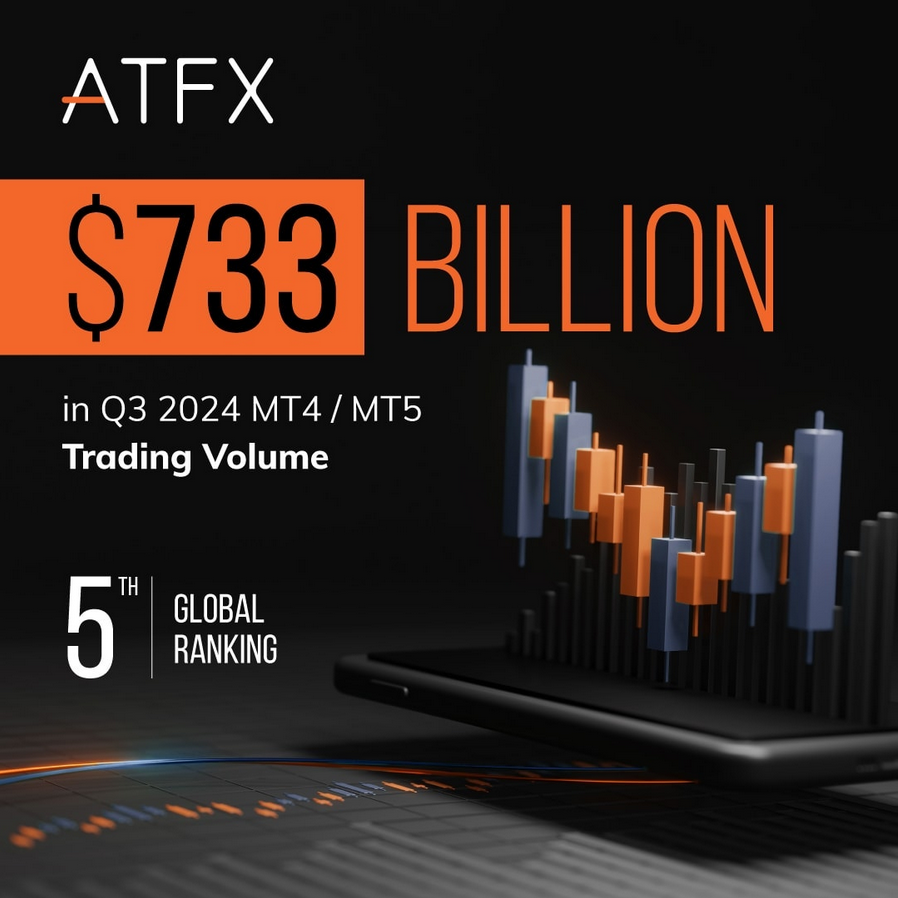The euro faces pressure as investors anticipate a rate cut from the ECB, favoring the dollar amid positive U.S. data. The British pound struggles with weak labor market figures, raising concerns over the BoE’s stance on rate adjustments. The Japanese yen strengthens slightly as the dollar weakens after the Fed’s comments, but further movement depends on upcoming U.S. data. Gold remains near record highs, driven by safe-haven demand amid geopolitical risks and uncertainty over U.S. economic policies, though overbought conditions may lead to a short-term correction before resuming its bullish trend.
EUR/USD
Market Overview
The EUR/USD pair has been experiencing bearish pressure as investor sentiment shifts towards the European Central Bank (ECB) and its inclination towards easing monetary policy. Recent eurozone inflation data suggests that a rate cut at the next ECB meeting is a strong possibility, further weakening the euro. Meanwhile, strong U.S. economic indicators, including stable jobless claims and a positive Philadelphia Fed Manufacturing Index, have strengthened the U.S. dollar.
Key Factors Affecting EUR/USD:
- ECB Monetary Policy: Increasing likelihood of a rate cut in the upcoming meetings.
- U.S. Economic Data: Positive labor market and manufacturing data continue to support the dollar.
- Interest Rate Differentials: The Fed’s relatively stable stance compared to the ECB’s dovish outlook favors USD strength.
- Geopolitical Risks: Any deterioration in global risk sentiment may support the USD as a safe-haven currency.
Support and Resistance Levels:
- Support: 1.0866, 1.0803, 1.0677, 1.0602
- Resistance: 1.0911, 1.0947, 1.0979
Forecast:
The EUR/USD trend remains bearish as long as the price remains below 1.0911. A breakdown below 1.0830 may indicate further downside towards 1.0800 and beyond. However, a consolidation above 1.0911 could renew buying interest, targeting 1.0979.
GBP/USD
Market Overview
The British pound has been under pressure due to weak UK labor market data, including rising jobless claims and slowing job growth. The Bank of England (BoE) is expected to keep rates unchanged for now, but a potential rate cut later in the year remains likely, which could weaken GBP further.
Key Factors Affecting GBP/USD:
- Bank of England Policy: Market expectations lean towards at least two rate cuts before year-end.
- UK Inflation: A slowing inflation rate supports the case for monetary easing.
- U.S. Economic Strength: Strong U.S. data continues to favor the dollar.
- Market Sentiment: Risk appetite influences GBP performance, particularly against the USD.
Support and Resistance Levels:
- Support: 1.2959, 1.2912, 1.2866, 1.2811
- Resistance: 1.3010, 1.3080
Forecast:
A break below 1.2912 would likely confirm further downside towards 1.2866. Conversely, if the pair manages to consolidate above 1.3010, further gains towards 1.3080 could be expected. The overall trend remains bearish unless a significant recovery occurs.
USD/JPY
Market Overview
The Japanese yen has strengthened slightly against the dollar, trading around 148.5 after recent dovish comments from the Federal Reserve. However, the overall medium-term trend remains bullish for USD/JPY, as the Bank of Japan continues its accommodative stance.
Key Factors Affecting USD/JPY:
- Federal Reserve Policy: The Fed’s indication of two rate cuts this year has slightly weakened the dollar.
- Bank of Japan Policy: The BoJ remains dovish, keeping interest rates negative.
- U.S. Dollar Strength: Strong economic data supports the dollar in the medium term.
- Geopolitical Risks: Safe-haven demand for JPY may increase in uncertain times.
Support and Resistance Levels:
- Support: 148.25, 147.41, 146.65, 146.00
- Resistance: 149.06, 150.17, 151.29
Forecast:
The USD/JPY pair is currently at a pivotal level. A break below 147.41 would confirm a bearish reversal, targeting 146.65. However, if USD/JPY holds above 148.25 and reclaims 149.06, further gains towards 150.17 could be expected.
XAU/USD
Market Overview
Gold has been trading near all-time highs around $3,050 per ounce, driven by strong safe-haven demand amid geopolitical tensions and expectations of U.S. rate cuts. However, some profit-taking has led to short-term corrections.
Key Factors Affecting Gold:
- Federal Reserve Policy: Expectations of rate cuts in 2025 support gold prices.
- Geopolitical Uncertainty: Conflicts in the Middle East and global trade risks boost demand for gold as a safe-haven asset.
- Dollar Strength: A stronger USD could cap further gains in gold.
- Inflation Concerns: Inflation fears and economic uncertainty keep gold demand strong.
Support and Resistance Levels:
- Support: 3,000, 2,976, 2,954, 2,930
- Resistance: 3,050, 3,100, 3,125
Forecast:
As long as gold holds above the psychological level of $3,000, the uptrend remains intact, with further upside towards $3,100. However, a break below $2,976 could lead to a deeper correction towards $2,930. Traders should monitor economic data and geopolitical events for further direction.
Additionally, gold’s technical indicators suggest a potential retracement in case of excessive bullish momentum, making risk management crucial for traders navigating short-term fluctuations.
Conclusion
- EUR/USD: Key resistance at 1.0911. A break above could lead to further gains, while a move below 1.0830 suggests a return to bearish momentum.
- GBP/USD: Range-bound between 1.2959 and 1.3010. A breakout will determine the next directional move.
- USD/JPY: Bullish trend under pressure. Holding above 148.25 could lead to a rebound, while a break below 147.43 may trigger further losses.
- Gold: Bullish trend intact but facing resistance at 3050. A break above could drive prices higher, while failure to hold 3000 may lead to a deeper correction.









